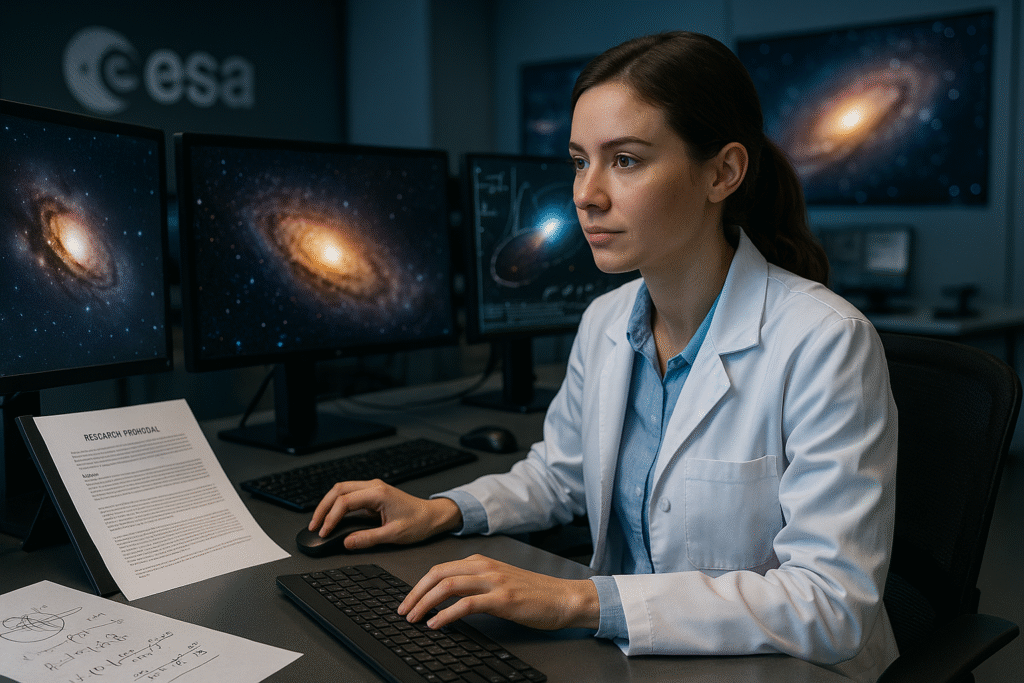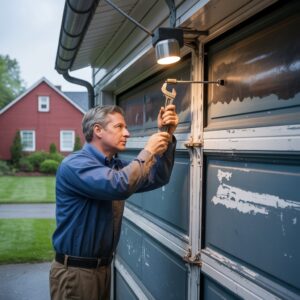
Rosemary Coogan has quickly become a name to watch in the world of space science. Selected as part of the latest astronaut class by the European Space Agency (ESA), her journey reflects both academic excellence and a commitment to scientific exploration.
A Strong Academic Foundation
Originally from the UK, Rosemary Coogan earned her undergraduate degree in physics from Durham University. She went on to complete a master’s degree at the University of Sussex, where she specialised in astrophysics. Her academic path didn’t stop there — she pursued a PhD focusing on the evolution of galaxies, using data from major space observatories.
Her work has always been rooted in critical thinking and data-driven analysis, which are key in understanding deep space phenomena.
Career Highlights and Scientific Contributions
Before joining ESA, Rosemary was involved in various high-level research projects. She worked as a postdoctoral fellow at the Max Planck Institute for Extraterrestrial Physics in Germany and later joined CNES (France’s national space agency) as a research fellow.
Coogan’s research contributed to our understanding of how galaxies form and change over time. Her publications and fieldwork have been noted for their clarity and precision — qualities essential for any scientist working with vast cosmic datasets.
Joining the European Space Agency
In 2022, Rosemary Coogan was officially selected by ESA to join its astronaut reserve. This is no small feat; the selection process is intense, involving both physical assessments and scientific knowledge tests. Being chosen not only highlights her academic and professional capability but also her physical and psychological readiness to take on space missions in the future.
While she is currently in the reserve, her presence marks a new chapter in ESA’s commitment to inclusive and future-focused space research.
Representation in STEM: A Role Model for Women
Rosemary Coogan’s achievements are significant for women in science and engineering. In a field that has historically been male-dominated, her role sends a strong message — that dedication, skill, and expertise know no gender. She serves as an inspiration for young women looking to enter astrophysics or space exploration.
She often speaks about the importance of mentorship and making science accessible for all, which adds even more weight to her growing reputation.
Research Proposal Writing: A Key to Scientific Success
One area that often goes unnoticed in scientific careers is the importance of Research Proposal Writing. Whether you’re applying for funding, fellowships, or collaborative projects, a well-written proposal can open doors.
In Rosemary’s case, her research proposals likely played a vital role in securing positions with top research institutes and contributing to missions that align with ESA’s goals.
Effective research proposals:
-
Clearly define the research problem.
-
Present objectives and methods logically.
-
Demonstrate the impact and relevance of the study.
For students and early-career researchers, learning how to write strong proposals can be the first step toward impactful work and long-term opportunities.
Conclusion
Rosemary Coogan’s path from UK universities to Europe’s space agency is a story of perseverance, talent, and vision. Her work in astrophysics, combined with her dedication to scientific outreach and space exploration, sets her apart as a role model for the next generation. As the space sector continues to grow, individuals like Coogan remind us how research, planning, and hard work can turn big dreams into reality.




